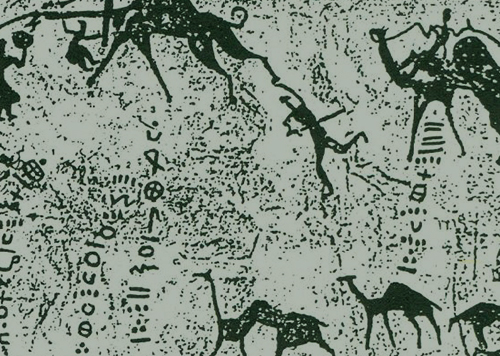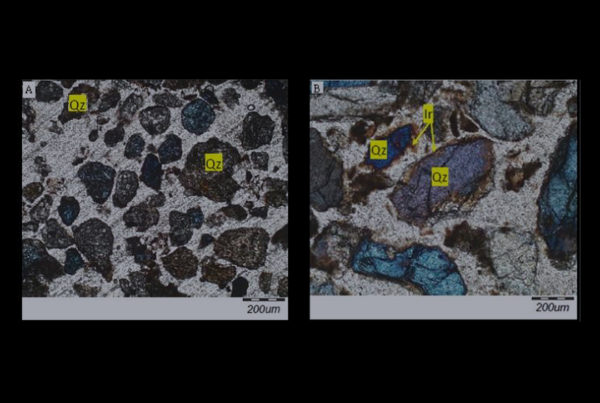By Mohamed Moustafa Ibrahim and Hamdy Mohamed Mohamed
ABSTRACT
Most archaeological sites such as Saqqara have numerous damaged pottery which needs conservation. This study presents a comprehensive study of one pottery sarcophagus extracted from the excavation of the Fac-ulty of Archeology, Cairo University at Saqqara (Season 2016-2017). The studied sarcophagus sherds were found approximately in forty-one sherds in large and small parts. The manufacturing process, mineral and chemical composition have been estimated by different examination and analytical methods such as the digi-tal microscope, polarizing microscope, scanning electron microscope (SEM-EDX), X-ray diffraction (XRD) and differential thermal analysis (DTA). The microscopic investigation revealed that there are some cracks, color change in the coating layer and roughness of the surface. The polarizing microscope revealed the pres-ence of several minerals such as Quartz, Mica, Pyroxene, Microcline, Biotite, Plagioclase, Iron oxides, some phosphate fossils and grog. SEM-EDX showed the homogeneous appearance of grains. It also showed the presence of Calcium, Magnesium and Potassium oxides at high concentrations together with Chloride and Sulphate salts. XRD showed some main minerals such as Gypsum, Anhydrite, Quartz, Calcite, Illite, Ortho-clase and Diopside. DTA proved that the sarcophagus was fired at 900°C.
![]()



